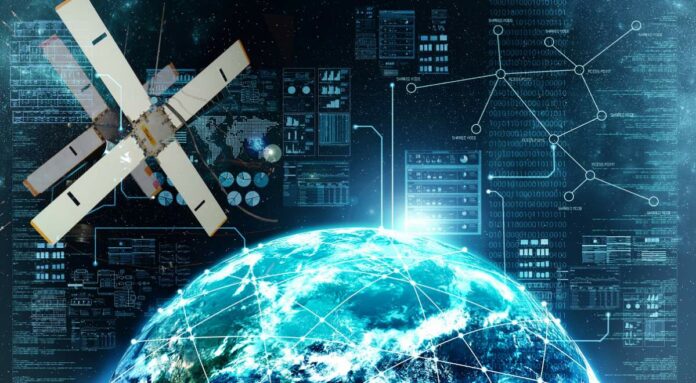One concept that has captured everyone’s heart in this amazing world of technology is undoubtedly artificial intelligence. Over the years, artificial intelligence, often referred to as AI, has found various applications in every conceivable field – healthcare, e-commerce, robotics, even banking. But one area that has been relatively less explored, but is just as fascinating as all the others, is astronomy.
When it comes to astronomy, data science is one of the toughest challenges. That’s why astronomers have turned to machine learning and artificial intelligence (AI) to create new tools. See how AI is changing astronomy and meeting the needs of astronomers.
Recently, a team of astronomers used AI to study galaxy mergers and confirmed that the driving force behind star formation is no other than galaxy mergers. Because the database turned out to be so large, the team created a deep learning algorithm that could learn to identify merging galaxies on its own. One astronomer said the advantage of artificial intelligence is that it increases the reproducibility of the study. The reason for this is that the algorithm is consistent in its definition of a merger.
When an exoplanet passes in front of its parent star, some of the light we humans can see is blocked. At this point, astronomers track the exoplanet’s orbit and create a faded picture of the light. They then determine various properties of the planet, such as its mass, size and distance from the star, to name just a few. In other words, artificial intelligence will be the thing that saves our lives. Thanks to AI techniques using time series analysis, it is possible to analyse the data consistently and thus detect the signals of exoplanets with an accuracy of up to 96%.
Changing Skies – Changing Skies has captured all the attention as it has become one of the most spectacular projects ever undertaken. The goal is to study the entire night sky every night, collecting over 80 megabytes of images at a time, to see how the stars and galaxies in the universe change over time.
Gravitational waves – the search for signals from the most catastrophic events in the universe – are vital to astronomers. Here’s how it works. When exoplanets fall inwards, over time they send waves out into outer space. They can be further detected by measuring faint signals on Earth. The collaboration between the gravitational wave detectors – Ligo and Virgo – has been very effective in this regard. Both companies have been successful in using machine learning to detect signals. Astronomers are now given warnings that can help them point their telescopes in the right direction.
Follow and connect with us on Facebook, LinkedIn & Twitter

